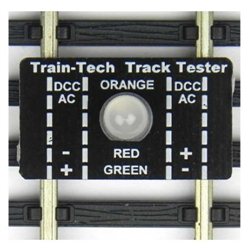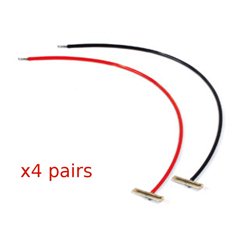Mainline Railways was a British model railway brand that operated between 1976 and 1983, introduced by Palitoy, the...
No products
Product successfully added to your shopping cart
There are 0 items in your cart. There is 1 item in your cart.
Search Tips
Open on Good Friday
The shop will be open on Friday 18th April.
Bring us some chocolate!
What is voltage drop on a big layout?
Voltage drop is the decrease of voltage in an electrical circuit.
On a model railway layout and it layman's terms, it is when the current can not make it all the way around the track. This is mostly caused by the resistance of the track and fishplates carrying the current.
The consequences are noticeable: it could be as subtle as your locomotive slowing or even coming to a complete stop. This is also likely to affect accessories such as signals.
This is easily remedied by adding power feeds from the higher voltage part of the track to the part of the track that is affected by the power drop.
Depending on the size of your layout you may need to do this on several sections of the track.
Click here to receive the tips weekly in your mailbox. You can unsubscribe at any time.










